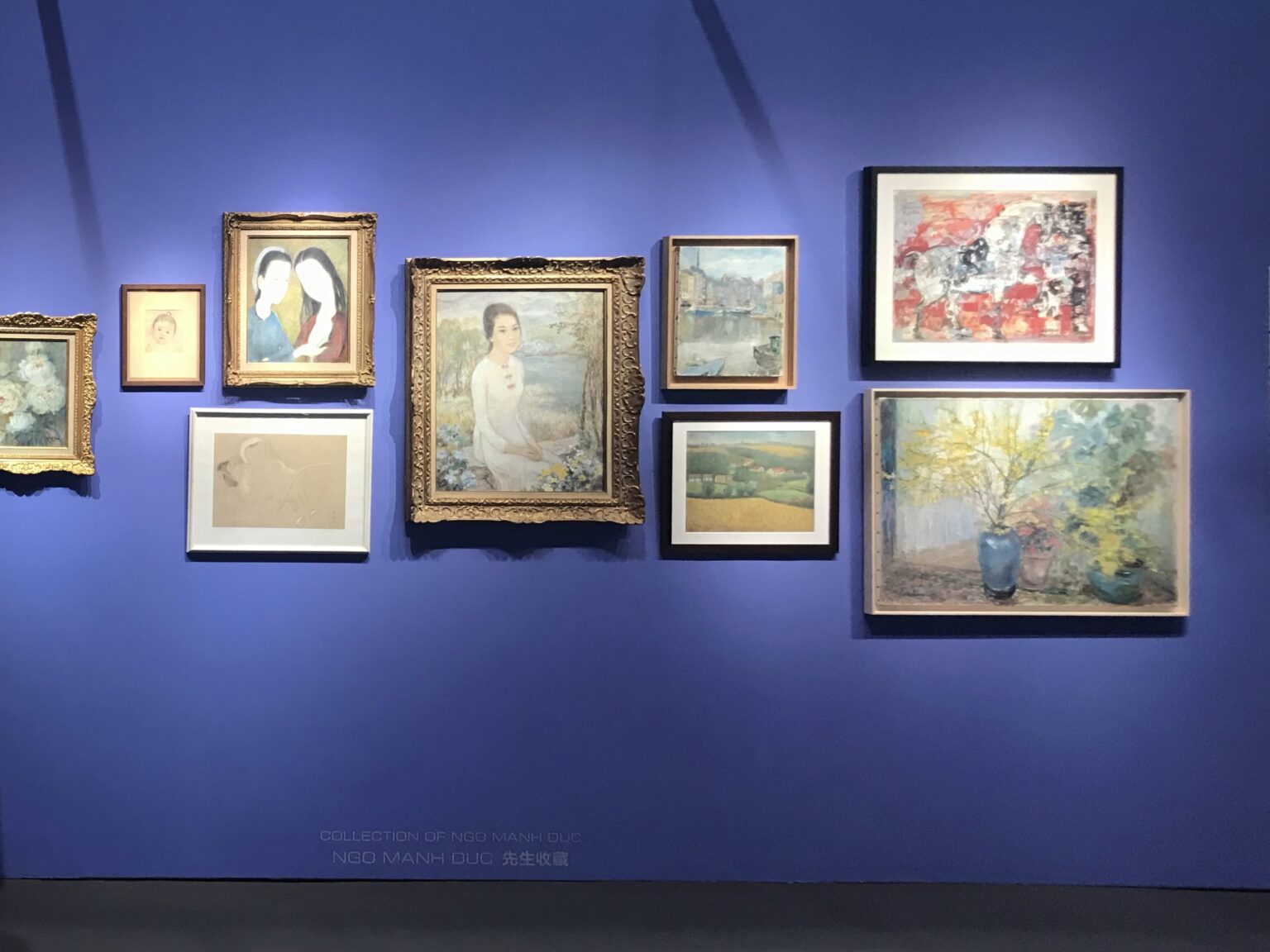
Christie's The Ngo Manh Duc Collection or The Homage of a Son to His Mother, Hong Kong, November 24, 2019.
Christie's 20th Century and Contemporary Art (Morning Session) auction in Hong Kong features a fine selection of modern Southeast Asian art. This season is led by two very prestigeous collection – an important collection of Vietnamese paintings from the Tuan Pham collection, and the collection of Ngo Manh Duc, son of Le Thi Luu. The sale also offers a series of other South East Asian masters including Fernando Zóbel, Jose Joya, Cheong Soo Pieng, Adrien-Jean Le Mayeur de Merprès and many more, 24 November 2019.
The Ngo Manh Duc Collection or The Homage of a Son to His Mother
A sanctuary at the heart of the Périgord region in France.
A magnificent building restored and amplified by a man, a trained architect.
A place radiating with a contagious serenity.
A place ideal to Ngo Manh Duc's testimony which he wants to share.
"I have the honour to know him for 25 years and we managed to move beyond our two natures, the Parisian in a hurry and the provincial by adoption to engage joyfully in fruitful discussions on his mother Le Thi Luu: her work, her life, her view and relation to the world."
Jean-François Hubert
Ngo Manh Duc was born on 1 January 1941, which he enunciates as “1.1.41” with his constant smile, speaking softly and slowly which never fails to grab the listener's attention. He was brought up in a wonderful atmosphere of painters and intellectuals (often of Vietnamese origin), and this only helped to cement the ideals and traditions of family, close friends and kinships.
Some examples of this can be seen in some of the works presented here from the collection. There are portraits of him done as a baby by Mai Thu (Portrait of Ngo Manh Duc by Mai Thu) and Le Pho (Portrait of Ngo Manh Duc by Le Pho), and Vu Cao Dam dedicates with affection a rare gouache work (Rider and his Horse).
Out of the four painters of these foursome, it is Le Thi Luu who proved to be the most engaged in defence of an independent Vietnam. Any repressive domination seems to her unbearable. And this was also a struggle against the Mandarins with their archaic Confucianism when she was young even though it is part of who she was. Her husband was also an engaged militant and would return to Vietnam and go to the North from 1954 to 1956; she would then go in 1975 but returned rapidly back to France, signifying that the memory is not a political manifesto.
Ngo Manh Duc, in addition to the three personal works mentioned earlier, has also selected for us 7 subtle works which clearly illustrates all of his mother's talent. The first is an early work La Confidence (Women Confiding) executed whilst still in Vietnam on silk, but also one of the most beautiful portraits painted by Le Thi Luu (Lot 129). Two extremely rare lead sculptures (Lot 134) show us how talented she was as a sculptor. Similar to Vu Cao Dam, she knows how to capture the movement and freeze the moment. A rare bouquet of flowers (Lot 126), and an indoor garden (Lot 128) reminds us of this passion for flowers she shared with Le Pho.
Le Thi Luu settled in and loved France, its people, landscapes and towns, like Honfleur (Normandie) and the mountains, all places she loved to paint.
Le Thi Luu spent her life paying homage to Victor Tardieu and to incense Ho Chi Minh. It is the major lesson from the best Vietnamese portrait artist: that subtlety is an art, and dividing is not loving.
Jean-François Hubert
Senior Expert, Vietnamese Art
Christie's Auction Sale, Hong Kong, 24 November 2019.












